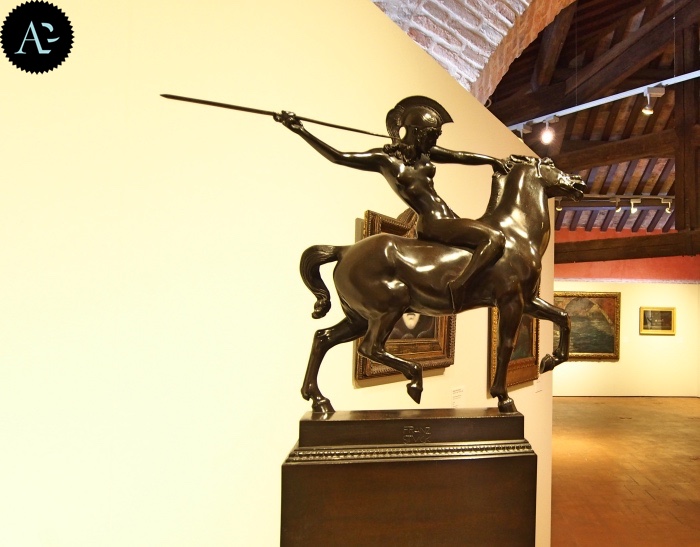
THE EUROPEAN SECESSION: THE WAVE OF MODERNITY
I’ve recently visited the exhibition The European Secession in Italy. It’s a courageous exhibition illustrating a specific historic period that between the 19th century and the 20th century witnessed the birth of the artistic movement of the European Secession.
Last year, in the same exhibition venue, I visited the exhibition dedicated to The Nabis, Gauguin and the Italian avant-garde painting, and this year I returned there to enjoy this unique event.
Here is what I liked and which artworks you must know in order to understand the European Secession.
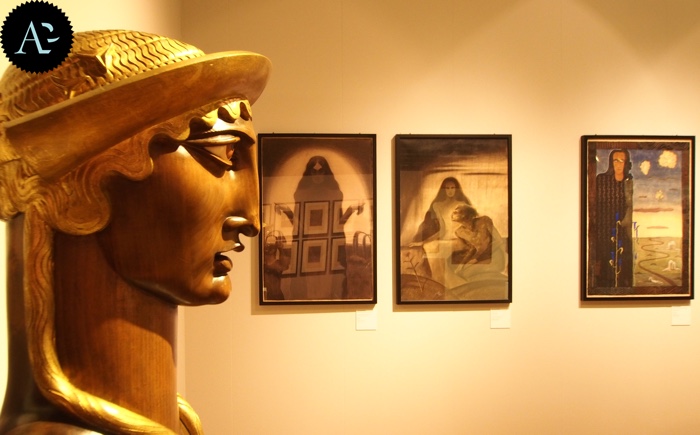
When I think about the European Secession Klimt and Vienna come immediately to my mind.
Actually, it’s a more complex period of time in which the whole of Europe was characterized by a desire for modernity and by a will to represent the inquietude agitating the artists between the late 19th century and the early 20th century.
EUROPEAN SECESSION: MUNICH, VIENNA, PRAGUE, ROME
The exhibition The European Secession illustrates what happened in Munich, Vienna, Prague and Rome.
Four different European cities where, in the same period of time, the wind of modernity was blowing, and the foundations which would let the unconscious enter artworks and would transform an ordinary chair into a piece of art were laid.
It’s a very complex historic period, because the representation of dreams and the unconscious enter art (some artists of the Secession fall into the artistic movement called Symbolism, too), but also the decorative arts were capable of influencing houses, furniture and interpreting a new model of woman which was establishing itself.
A sensual woman who left behind any reference to the sanctity of maternity, for example.
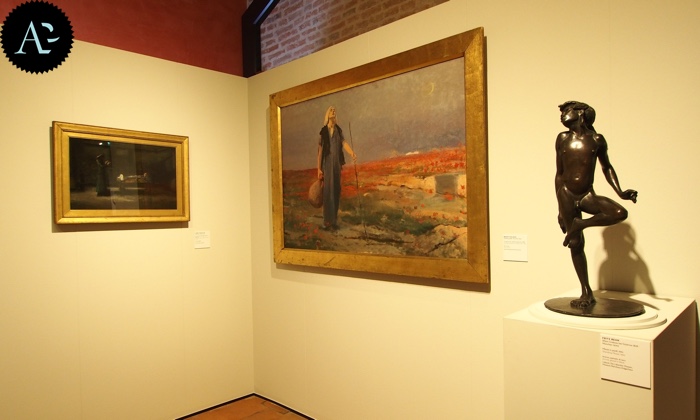
EUROPEAN SECESSION: ARTWORKS YOU MUST KNOW
The exhibition features more than 200 works including paintings, drawings, sculptures and pieces of furniture, but there are 3 artworks you absolutely can’t miss.
Here are 3 works to see:
1. “Lucifer” by Franz von Stuck (1889-1890), one of the major artists of the Munich Secession.
The artist depicts Lucifer surrounded by darkness, and in a posture resembling the melancholic “Thinker” by Rodin.
The painting was bought by Ferdinand I of Bulgaria, and it is said that his ministers made the sign of the cross as they were in front of this artwork.
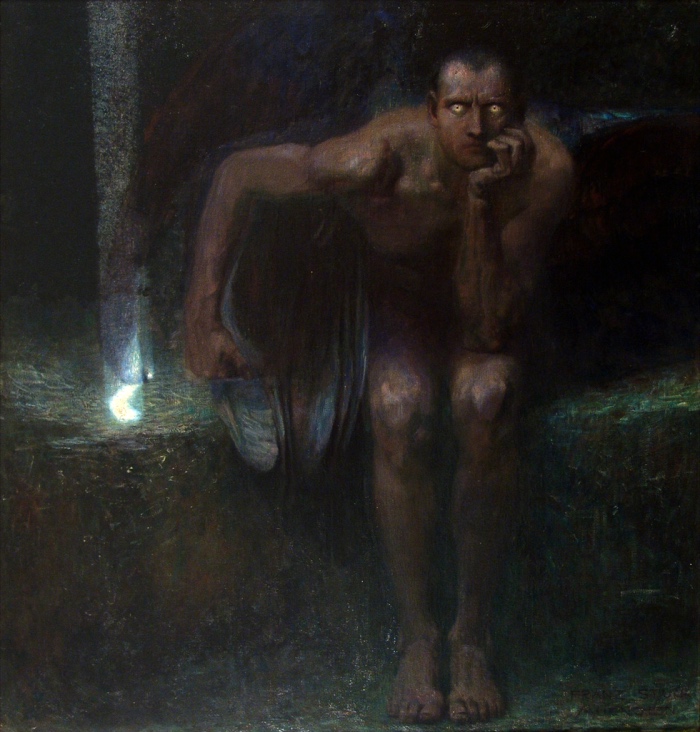
“Lucifero” Franz von Stuck
2. “The women friends (The sisters)” by Gustav Klimt, Vienna, Klimt Foundation.
This painting, painted in 1907, was exhibited at the Venice Biennale in 1910 and brought Klimt great fame in Italy (the Biennale still makes history of art.
Read my visit to Venice Biennale 2017.
The two women depicted in the painting are the symbol of refined and elegant femininity which was changing the role of woman in the western society.
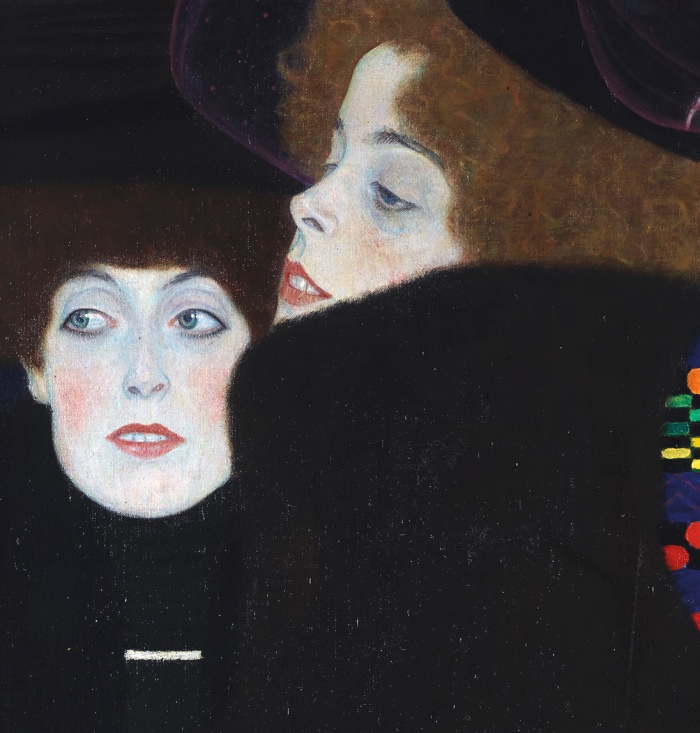
“Amiche I (Le sorelle)”, Gustav Klimt
3. “The Good Fortune of Chance” by Josef Váchal, 1908.
Josef Váchal is one of the exponents of the Prague Secession who liked the world of magic.
Váchal practised divination and in this painting he represents the theme of fortune-telling with symbols reminding Egyptian goddess Isis and the theme of journey (the two small boats are the metaphor of journey and transformation carried out by human beings throughout their life).
In other paintings by Josef Váchal on exhibition you can see séances and visions of souls which are the result of his personal activity.

Josef Váchal, The Good Fortune of Chance, 1908.
EXHIBITION: informaTIONS
Secessioni europee. L’onda della modernità
Palazzo Roverella, Rovigo
From 23 September 2017 to 21 january 2018
LINK: il sito web ufficiale della mostra – http://www.palazzoroverella.com
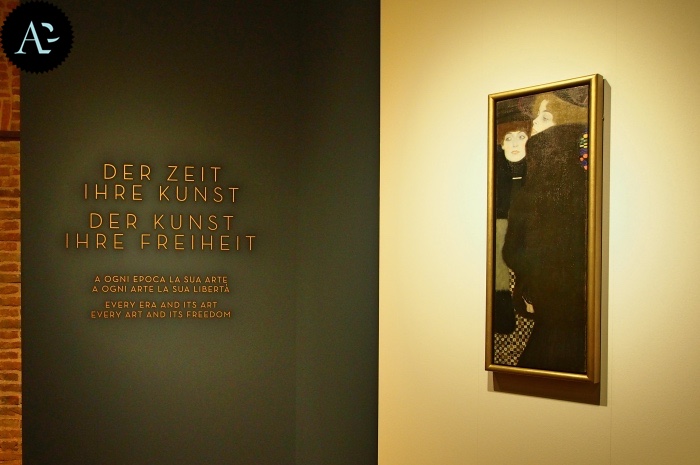
READ ALSO: On Sunday at the museum: how to plan a visit to a museum.

